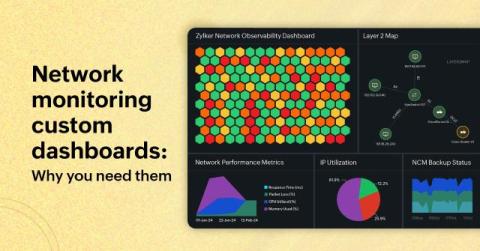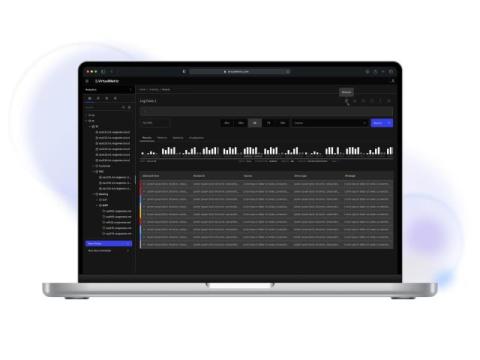InfluxDB 3 Open Source Now in Public Alpha Under MIT/Apache 2 License
New InfluxDB 3 Core and InfluxDB 3 Enterprise products now available for alpha testing. Today we’re excited to announce the alpha release of InfluxDB 3 Core (download), the new open source product in the InfluxDB 3 product line along with InfluxDB 3 Enterprise (download), a commercial version that builds on Core’s foundation. InfluxDB 3 Core is a recent-data engine for time series and event data.










